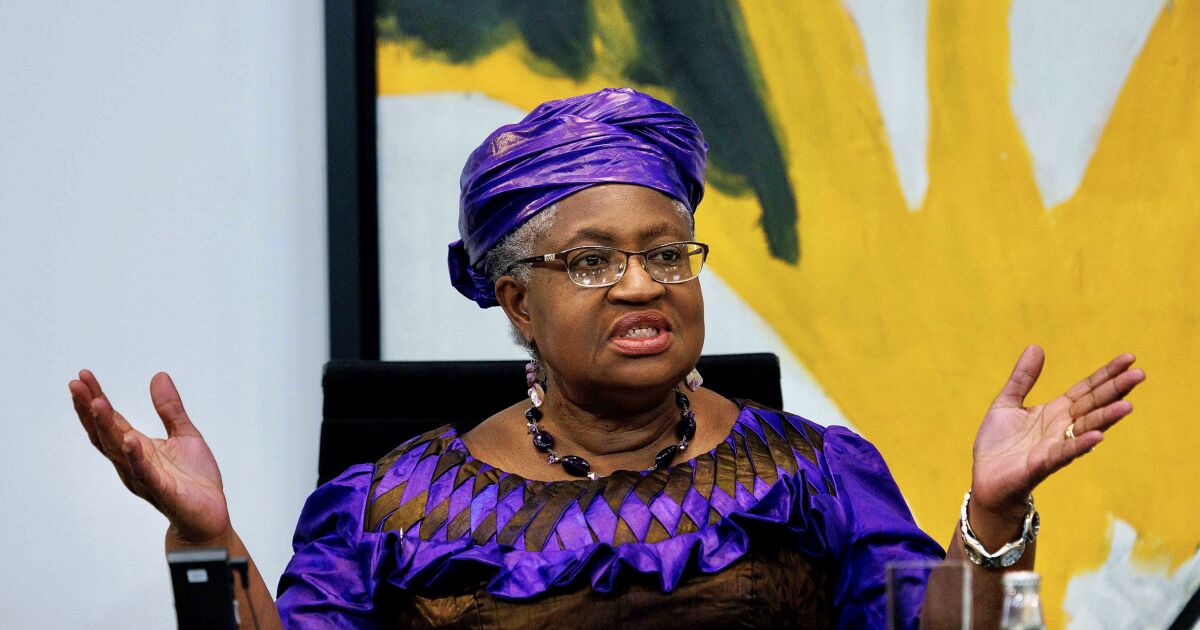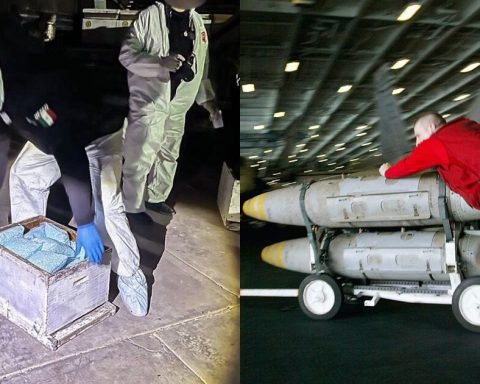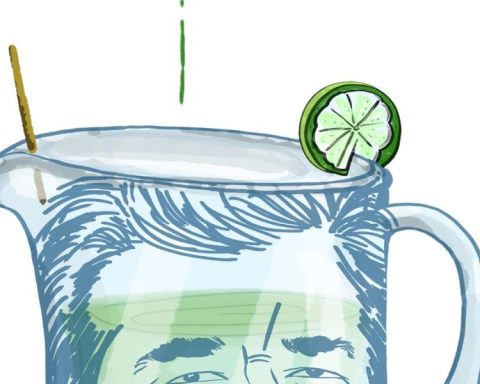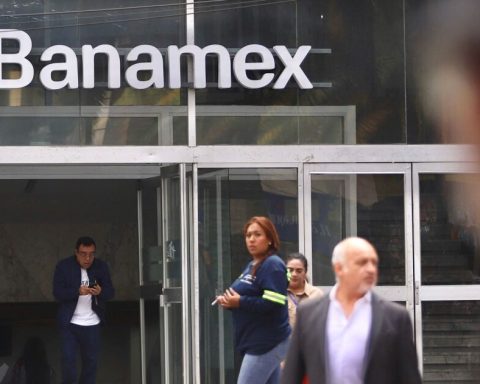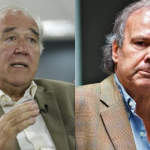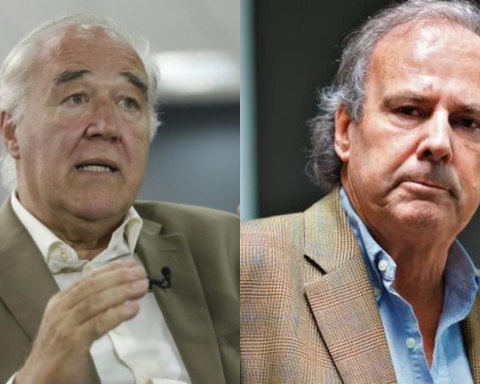“I am very concerned about the uncertainty surrounding commercial policy, in particular the point of the dead in which the United States and China are,” said Ngozi Okonjo-Iweala, the general director of the international organization.
“The recent relaxation of tariff tensions has temporarily relieved the pressure on world trade,” Okonjo-Iweala, responsible for the agency responsible for international trade standards.
The US president, Donald Trump, announced at the beginning of April “reciprocal” tariffs to the rest of the world. But last week he granted a 90 -day suspension At rates, except for China, to give space to negotiation with dozens of countries.
“Persistent uncertainty threatens to curb world growth, with serious negative consequences for the world, especially for the most vulnerable economies,” Okonjo-Iweala added in a statement.
The Annual WTO forecasts They indicate that the world trade can fall to a 1.5% in volume in 2025depending on Trump’s commercial policy.
At the beginning of the year, the WTO provided a continuous expansion of world trade in 2025 and 2026, with the merchandise trade increasing at the same rate as world GDP and trade of services growing faster than before.
But organism economists reassess the situation after the introduction of a large number of new customs rights. The result was a substantial reduction of its forecasts for merchandise trade. Services trade was also reduced, although less significantly.
“Under current conditions”, that is, taking into account the suspension announced by Trump of Tariffs, “the volume of world merchandise trade should decrease 0.2% in 2025”, before showing a “modest recovery” of 2.5% in 2026said the WTO.
But the organization also emphasizes that “there are important risks of deterioration, such as the application of reciprocal tariffs and broader indirect effects of uncertainty in policies, which could lead to an even more pronounced decrease – of 1.5 – in the world trade of goods and harm the less advanced countries oriented to export.”
The decrease is expected to be particularly accused in North America, where exports are forecast to fall 12.6%, the WTO said.
